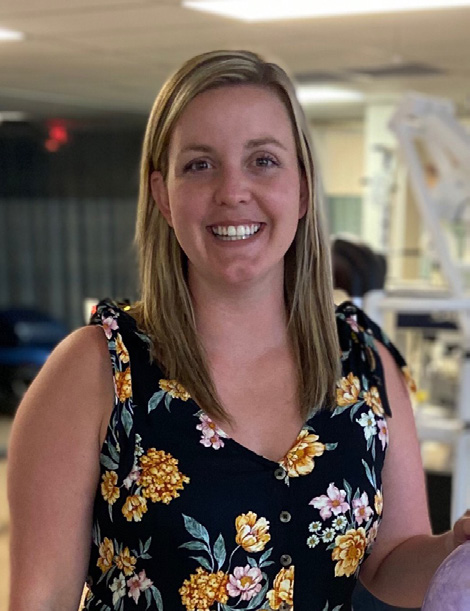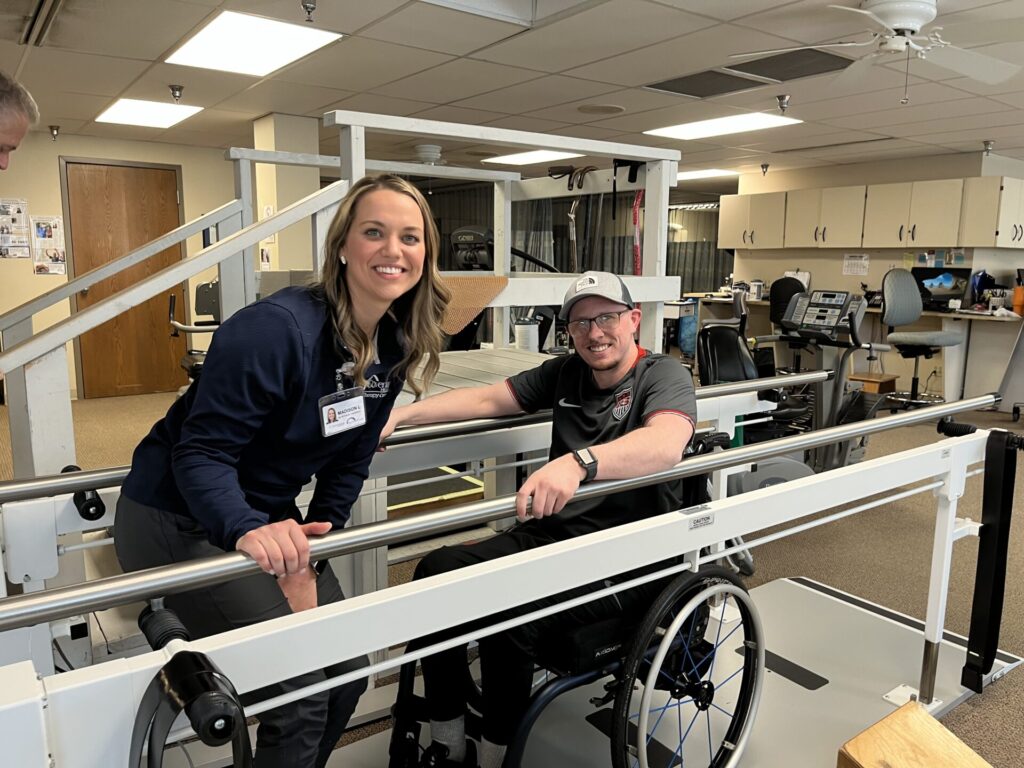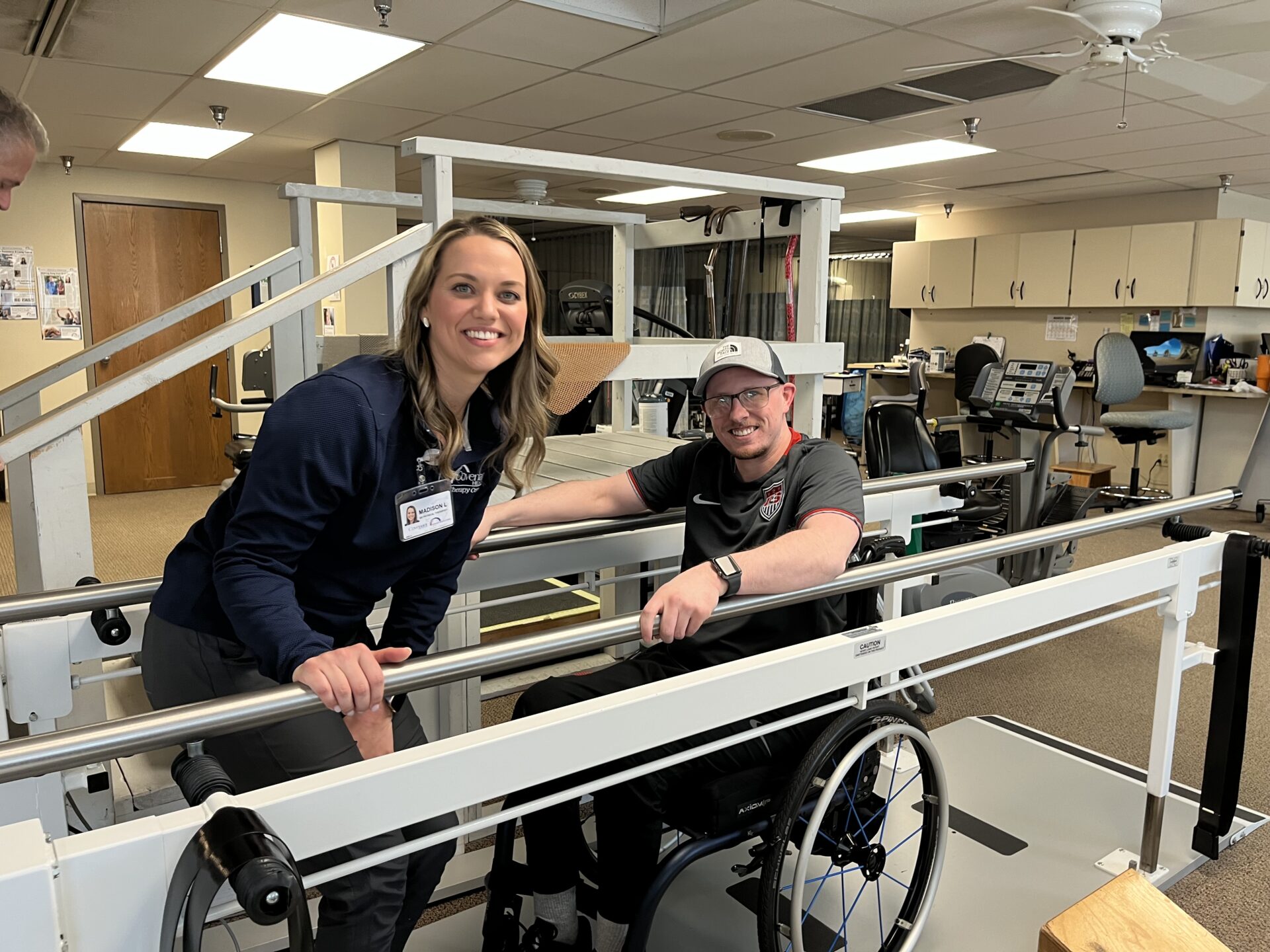- Find a DoctorDoctors by Specialty
- Cardiac Electrophysiology
- Cardiology
- Colon & Rectal Surgery
- Family Medicine
- Gastroenterology
- General & Vascular Surgery
- Gynecological Oncology
- Gynecology
- Infectious Disease
- Internal Medicine
- Interventional Cardiology
- Interventional Radiology
- Nephrology
- Neurology
- Neurosurgery
- Obstetrics & Gynecology
- Oncology
- Oncology & Hematology
- Orthopedic Surgery
- Otolaryngology
- Perinatology
- Psychiatry
- Pulmonary Medicine
- Radiation Oncology
- Rheumatology
- Sleep Medicine
- Thoracic Surgery
- Urology
- View All Doctors
- Our ServicesMedical Services
- Bariatric Services
- Behavioral & Mental Health
- Breast Care
- Cancer Care
- Critical Care
- Ear, Nose, & Throat
- Emergency Services
- Gastroenterology
- Glossary
- Heart Care
- Home Care
- Hospice & Palliative Care
- Imaging & Diagnostics
- Long-Term Care
- Nephrology
- Orthopedics
- Primary Care
- Rehabilitation Therapies
- Robotic-Assisted Surgery
- Sleep Services
- Spine Care
- Stroke Care
- Surgery Services
- Telehealth Services
- Urology
- Urgent Care
- Virtual Urgent Care
- Women’s Services
- Wound Care
- Our Locations
- Patients & Visitors
- About Us

At the age of 23, Jamie Roccasalva knows more about chronic pain than many people twice her age. For 10 years she suffered pain in her back and neck and struggled with ongoing nausea and dizziness. She couldn’t sleep through the night. Strenuous physical activity raised her heart rate and caused throbbing in her neck, but sitting still for long periods of time would cause pain, too.
“The symptoms I had every day, all day, greatly impacted my everyday life,” Roccasalva says. “I just had to learn how to live my life knowing my restrictions.” Roccasalva pushed through, living her life as best as she could and even finished nursing school.
She tried several methods of pain relief along the way. Some of them helped a little, but never enough. Her neurologist recommended Parkwest Therapy Center. Roccasalva was skeptical. She had tried physical therapy in the past, along with chiropractic care and even acupuncture. “I was doubtful that this would help me,” Roccasalva says. “There was so much in life that I had already missed out on, and I figured that’s just how the rest of my life would be.” She didn’t know that a breakthrough was coming.
Next-Level Therapy

First, Kaitlin Wallace, a doctor of physical therapy who is certified as a therapeutic pain specialist, took time to understand where Roccasalva’s symptoms were coming from and the medical history behind them. Wallace decided to address the dizziness and nausea first, testing for benign paroxysmal positional vertigo (BPPV). “It’s when your gravity- sensing crystals fall into the semicircular canal,” Wallace explains about the condition. “She was apprehensive about the test because she would be lying with her head off the mat and resting in my hands.” After confirming Roccasalva had BPPV, Wallace guided her through what is known as an Epley maneuver, gently moving the head, neck and body position to get the gravity-sensing crystals back where they should be. She sent Roccasalva home with instructions to follow for 24 hours.
“Now keep in mind I have had constant dizziness and nausea for just over 10 years. I did not think anything she could do would help me,” Roccasalva says. “Boy, was I wrong.” For the first time in a long time and after only one visit, Roccasalva found real relief. “Never in my life for as far back as I can remember has someone or something taken away my nausea and dizziness,” Roccasalva says. “I was completely stunned, and when I saw her again I cried and hugged her.”
Pursuing Pain Relief
Next, Wallace was ready to work on Roccasalva’s chronic pain. She began by helping Roccasalva rethink where the pain was coming from. “The brain has to determine that the information it is receiving is a threat before sending out the pain response,” Wallace says. “We also talked about how her nervous system is very sensitive to different stimuli because she has been in pain so long.”
Wallace found movements and exercises Roccasalva could tolerate and then very slowly built on them. Moving at her own pace with exercises adjusted as needed along the way, Roccasalva began to feel stronger and her pain eased at last. “Physical therapy made an incredible difference in my life and I am thankful every day that Kaitlin has been able to help me!” Roccasalva says. “I am sleeping better, my migraines have decreased and I have started to run short distances. Running even just for two minutes is something I have been unable to do for over 10 years!”
Roccasalva continues with prescribed exercises at home to keep building her strength and ability to fight pain. She not only believes in the physical therapy she’s had, but she’s determined to go back to Parkwest Therapy Center if she thinks it might help in the future. “Kaitlin is such a smart, caring and driven physical therapist, and has helped me more than I can ever put into words,” Roccasalva says. “If you are skeptical about physical therapy, don’t be. This
may very well be the first step to a whole new, pain free you!”
For more information about the services available at Parkwest Therapy Center visit Covenanthealth.com/covenant-therapy- west-knoxville or call us at (865) 531-5710.
The Science of Pain
When a bone is broken or a muscle is pulled, pain is easily explained. In those cases, pain is a direct result of something
obvious that’s happened to the body.
Unfortunately, pain isn’t always that simple and straightforward. The brain and nervous system are complex, and sometimes there can be pain for no obvious reason at all. “Pain is what our brain perceives as a threat,” says Kaitlin Wallace, certified
therapeutic pain specialist and doctor of physical therapy at Parkwest Therapy Center. “It is not a sensation that is sent to our
brain, but actually an output from the brain as a protective response to a threat.”
Pain Memory
Pain changes nerve cells in the brain and spinal cord. If you’ve
experienced intense pain, your body can remember and repeat it after the original reason for the pain is gone. It’s an especially frustrating kind of pain. People who suffer memory may
be told to “just get over it,” or even accused of pretending for attention. Research is ongoing to find a way to block pain memory. The challenge is erasing pain memory without erasing anything else that’s inside the brain.
Pain Illusions
Optical illusions can be fun to look at. They confuse and confound us, and sometimes even give us the thrill of a safe scare. A person who is grounded in reality can suddenly question everything when the eyes are tricked. Pain illusion is similar. Sensory illusions can trick the body into feeling pain. These illusions can confuse and confound us, but the hurt is very much a reality.
Sensitivity to Pain
Some people are more affected by pain than others. It doesn’t mean they’re weak — the brain reacts to pain on different timelines in different people. For some, pain reaction happens more quickly. There’s also a gene called the COMT gene that can determine whether a person has a high or low threshold for pain. It’s the same gene that is believed to control levels of emotion and memory.
Physical Therapy for Pain
Physical therapy can be a valuable tool for pain relief. As a therapeutic pain specialist, Wallace has witnessed the way education and movement can dramatically change the lives of people who are hurting. “Pain can be debilitating no matter what the cause,” Wallace says. “The number one reason people come to therapy is for pain, regardless of what has caused it. As pain decreases, function increases.” Strength and mobility help ease discomfort. Knowledge and compassion help therapists guide suffering patients to a better quality of life.
To learn more or to find out if physical therapy might be the answer to your chronic or unexplained and intense pain, see your doctor and call Parkwest Therapy Center at (865) 531- 5710.
Parkwest Therapy Center Core Services
- Ankle and foot pain
- Arthritis management
- Back and neck pain
- Balance therapy
- Carpel tunnel syndrome
- Chronic pain
- Fibromyalgia
- General deconditioning
- Hand therapy
- Knee and hip pain
- Manual therapy
- Neurological rehab
- Orthopedic therapy
- Osteoporosis
- Physical therapy
- Plantar fasciitis
- Post-surgical rehabilitation
- Repetitive/overuse injuries
- Return to performance (athletic enhancement)
- Shoulder therapy
- Sports medicine
- Worker’s injuries/conditioning
























